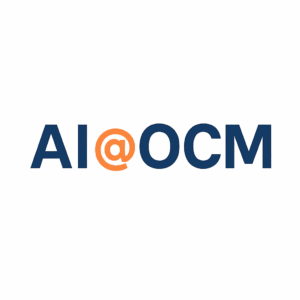In the dynamic field of organizational change management (OCM), the integration with agile project cycles represents a significant evolution. Agile methodologies, known for their flexibility and iterative nature, demand a reimagined approach to OCM. Agile frameworks welcome change and encourage a faster return on investment through iterative delivery cycles. This approach aligns with OCM’s focus on people and change readiness. The synergy between Agile and OCM is evident in their shared principles, like embracing change and continuous improvement. However, the rapid pace of Agile projects necessitates a unique OCM strategy.
Adapting OCM to Agile’s Pace
OCM in an Agile environment differs from traditional, linear approaches. Agile projects, characterized by constant evolution and frequent releases, require an OCM approach that is equally dynamic and responsive. This includes early and continuous involvement in the project, integration with Agile teams, and a focus on quick, iterative change interventions.
Key Strategies for Agile OCM
- Early and Continuous Involvement: OCM activities should start at the project’s inception, with OCM practitioners playing an advisory role throughout the sprint cycles. This early involvement allows for better preparation and mitigation of user impacts with each release.
- Integration with Agile Teams: OCM must be intertwined with the Agile process. This means aligning change management activities with each sprint, ensuring that training, communication, and stakeholder alignment are in sync with the Agile development cycle.
- Cyclical and Flexible Approach: Unlike Waterfall models, where OCM focuses on a fixed endpoint, Agile OCM must equip users for ongoing changes. This necessitates a cyclical approach to change management activities, aligning them with the regular rhythm of Agile releases.
- Focused and Efficient User Interaction: Given the frequent nature of changes in Agile, every user interaction must be targeted and efficient. This includes concise training, real-time support, and meaningful communication tailored to the specific needs of each release.
- Building Agile Understanding: In organizations transitioning to Agile, educating stakeholders about the Agile process is crucial. OCM practitioners should facilitate this understanding, emphasizing the benefits and process of Agile to ensure alignment and buy-in.
- Flexible Resourcing: OCM resourcing in Agile projects should be adaptable, with the team size and scope varying based on the user impact of each sprint. Utilizing internal business experts can expedite the change process and enhance effectiveness.
Challenges and Considerations
Implementing OCM in an Agile environment is not without challenges. The fast pace and iterative nature of Agile can be daunting, requiring OCM practitioners to be more agile and adaptable in their strategies. Continuous reassessment and refinement of OCM plans are crucial to ensure alignment with the evolving project landscape.
Conclusion
The integration of OCM into Agile project cycles marks a significant shift in managing organizational change. The iterative and dynamic nature of Agile demands an OCM approach that is equally flexible and responsive. By aligning change management activities with Agile principles and maintaining a focus on continuous improvement and stakeholder engagement, organizations can effectively manage change in this fast-paced environment.






